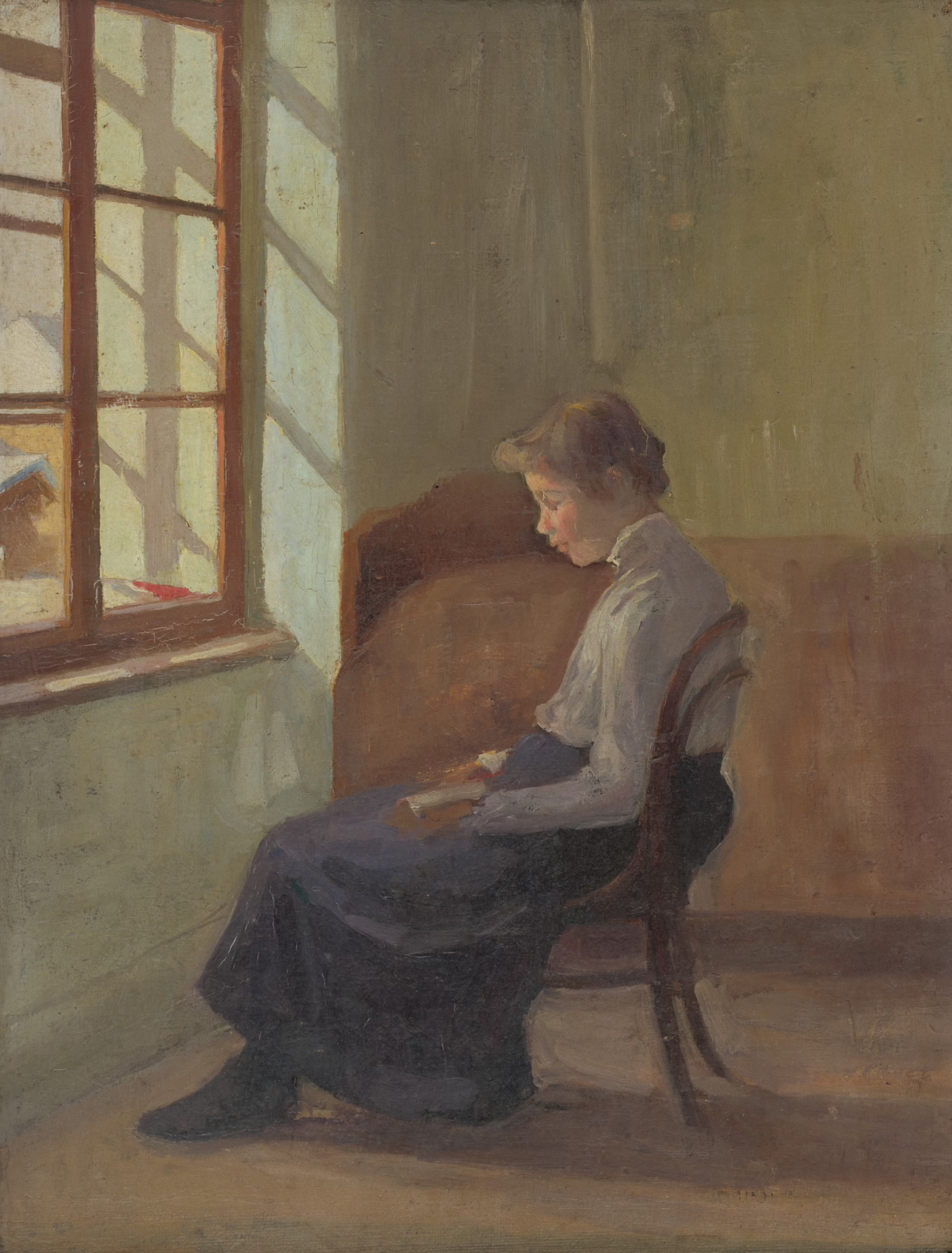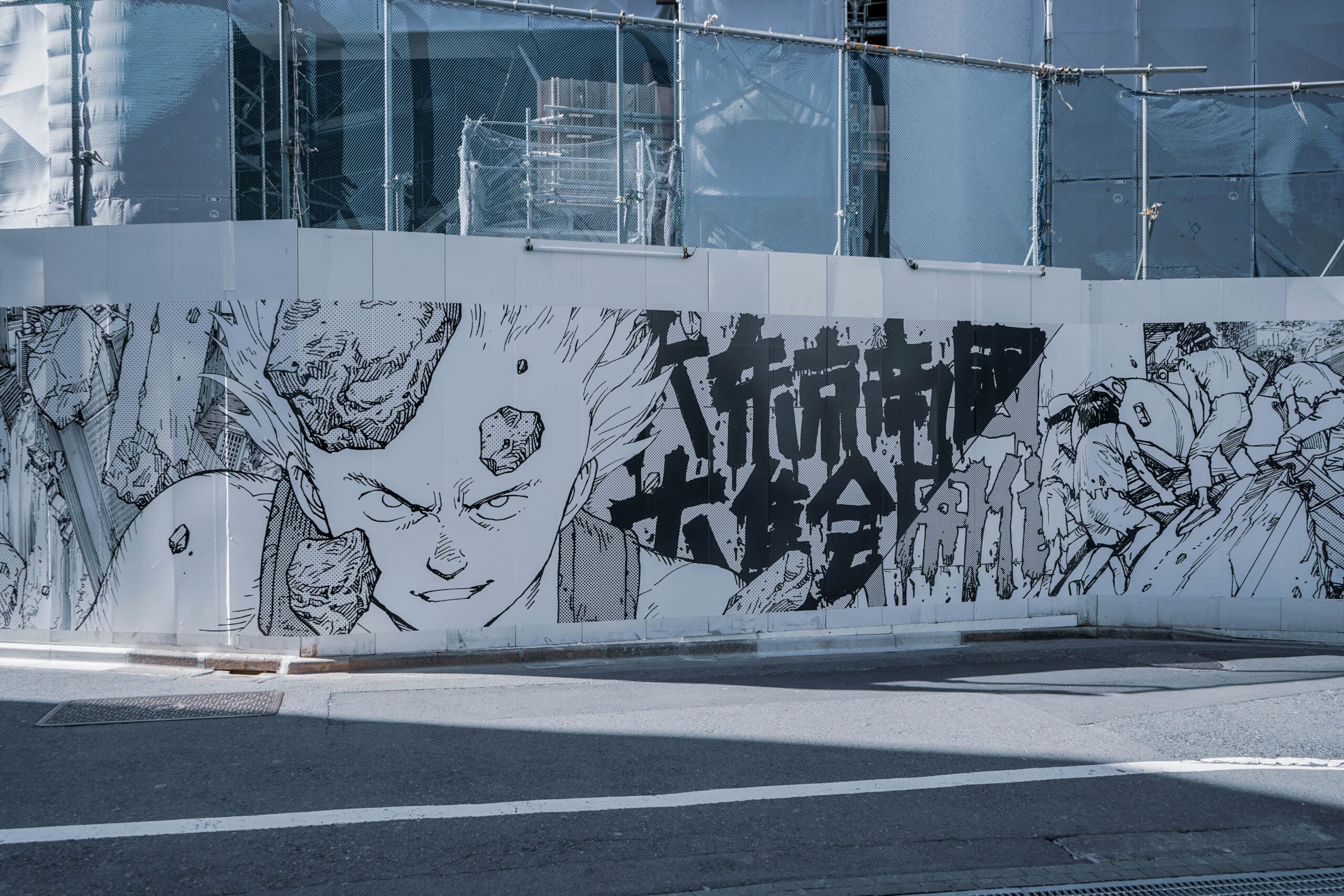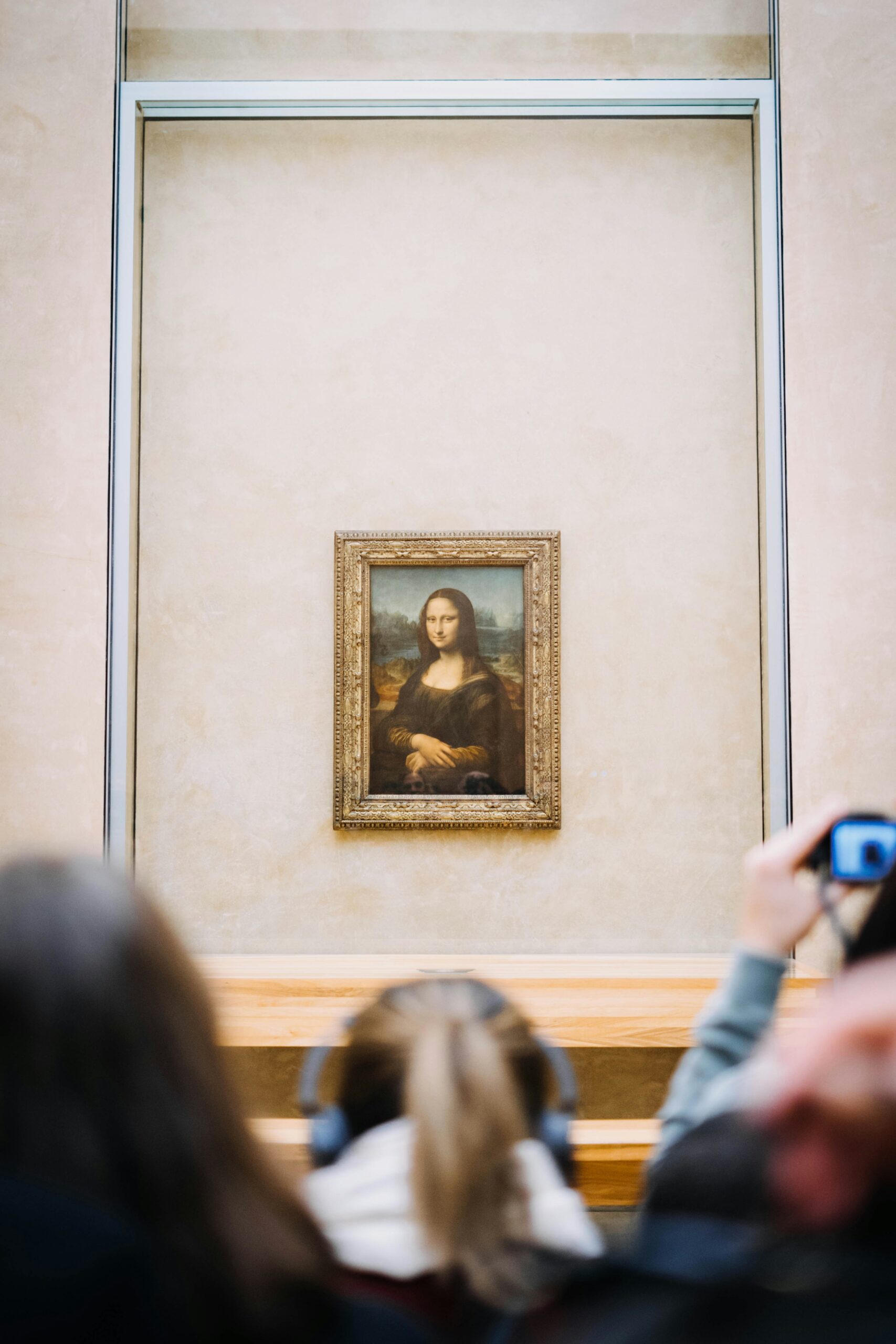You might visit a museum and come home still wondering, “Why is this considered good?” or “What kind of value does this have?” – left with that lingering feeling of not really getting art.
One day, an artwork that seems impossible to understand is priced in the tens of millions; the next, you stumble upon a quiet, breathtaking piece in a tiny gallery tucked away on a city street – free to enter, open to all. Sometimes, what’s called “art” isn’t an object at all, but a project, an idea, something that stretches far beyond the frame. These moments remind us: behind every artwork lie layers of history and theory. The world of art isn’t always something we can grasp with feeling alone. Often, it resists easy understanding—and without a key, we may find ourselves locked out. So in this series, each week we’ll open the door a little wider, introducing books that offer new ways into the world of art.
June is here. For some, the weight of the rainy season and the weariness of the new year begin to settle in; for others, these days may pass in calm and quiet. But whether you’re feeling drained or at ease, why not make this early summer unforgettable with a dose of stimulating reading? This time, we turn to masterworks written by artists themselves. Beyond their visual creations, their own words often reveal unexpected brilliance, raw thought, and deep insight. Let their voices spark your imagination – there’s inspiration waiting in every page.
Bring Poison to Yourself; Can You Let Go of Being Ordinary / Taro Okarmoto (Seishun Bunko)
With the Osaka – Kansai Expo on the horizon, we’re once again seeing footage from Expo ’70 – images that feel both nostalgic and strangely futuristic. And towering over it all, just as it did then, is the iconic Tower of the Sun. Few works have left such a lasting impression, and fewer artists have remained as powerfully present as Tarō Okamoto, even nearly 30 years after passing away. Known as much for his explosive art as for his unforgettable words, like the famous “Art is explosion!” – Okamoto had a rare gift for language that shook people awake. “Are you always choosing the safe path?” “Why not break out of your shell?”
“Try carrying a little poison within yourself.” Blazing with provocation, yet rooted in deep love for humanity, his aphorisms challenge us to live even more fully and more fiercely. In an age that craves chill, this is a book not just worth reading-but worth absorbing like a shock to the system. A must-read? No, a must-dose.
The Glenn Gould Reader by Glenn Gould, edited by Tim Page, translated by Junichi Miyazawa (Misuzu Shobo)
When we think of Canada and the world of media theory, names like Marshall McLuhan naturally come to mind. But standing alongside such 20th-century intellectual giants, I’d like to shine a light on another singular figure: Glenn Gould. A pianist by profession, Gould made his U.S. debut at just 22, swiftly claiming international acclaim. And yet, in a move as enigmatic as it was bold, he abruptly withdrew from the concert stage after a 1964 recital – choosing instead to devote himself entirely to recordings and broadcast media. A figure both aloof and magnetic, Gould’s performances, often marked by radical interpretations, continue to captivate listeners to this day.
But Gould was more than a performer. He was a thinker, a writer, a theorist. His essays on music and media reveal a mind deeply engaged with the changing shape of culture, technology, and perception.
Now, with a new translation arriving after 35 years, we’re invited to follow the trajectory of his singular path and immerse ourselves in the intricate latticework of his ideas. Through his writings, we discover not just a legendary “classical” pianist, but a sharp analyst of the modern world – one who understood, perhaps better than most, how deeply sound, solitude, and media could intertwine.







